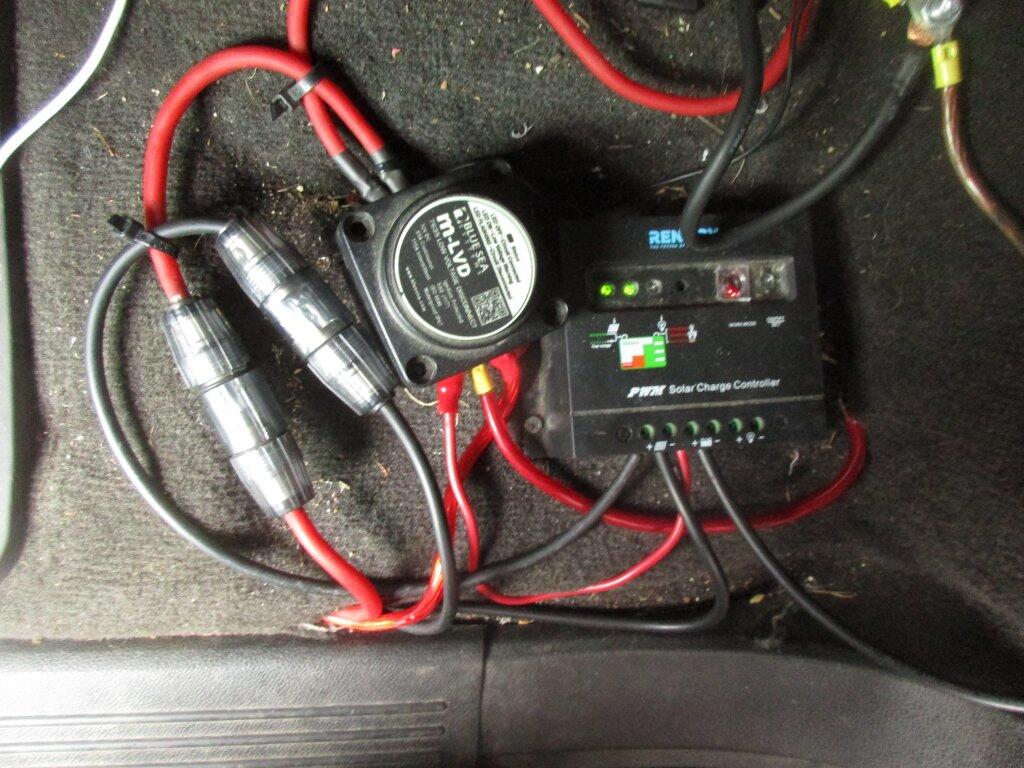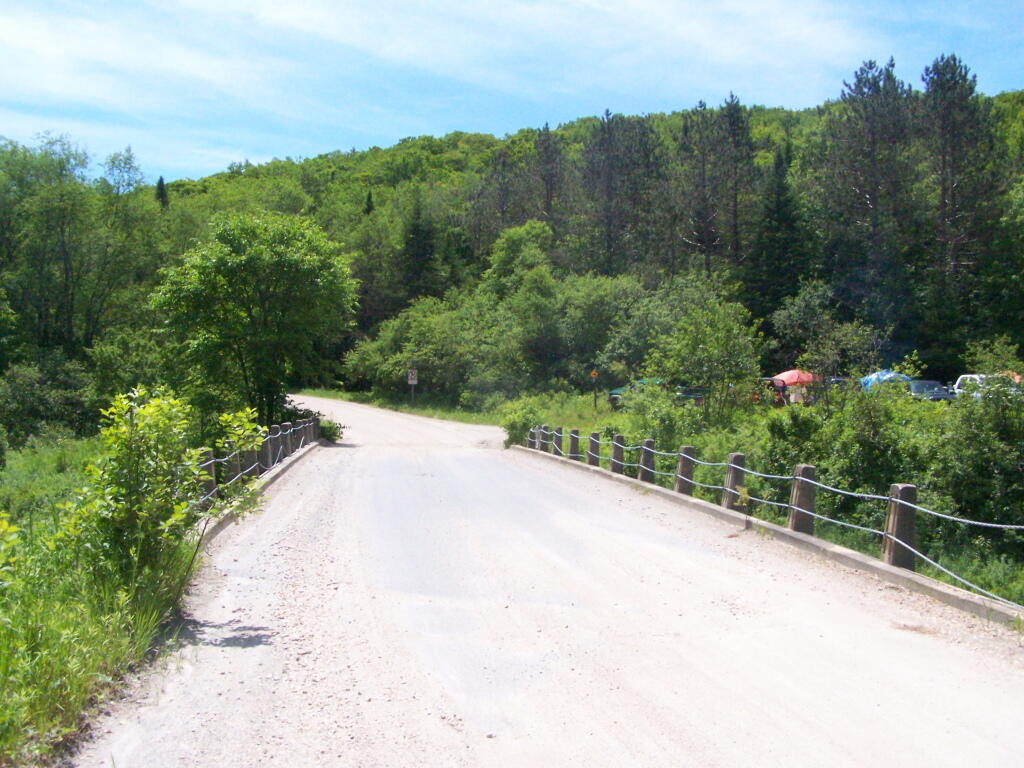June 30, 2019 Night
Good evening! Partly clear and 65 degrees in Dormansville, NY. 🌃 There is a northwest breeze at 13 mph. 🍃. Breeze is whipping around at times. The dew point is 57 degrees. Much less humid than earlier.
Tonight camping out at my parents house 🏡 in my truck. Watching some YouTube videos and just finishing some debugging on the blog. 🐛 I wrote some new code to make it easier for me to post photos to the blog. 📷 Nice evening but cool in the truck. I can’t believe that in two days I’ll be packing up the truck for the Adirondacks but I’m really happy with how all the electrical stuff is working.
Tonight will be partly cloudy 🌤, with a low of 56 degrees at 4am. Four degrees below normal, which is similar to a typical night around June 14th. Maximum dew point of 57 at 9pm. Northwest wind 8 to 13 mph. In 2018, we had mostly clear skies. It became very sticky as the night progressed. It got down to 72 degrees. The record low of 45 occurred back in 1978.
Tonight will have a New Moon. The moon will rise at 4:16 am. The Buck Moon 🌝 is on Monday, July 15th. The sun will rise at 5:22 am with the first light at 4:47 am, which is 30 seconds later than yesterday. 🌄 Tonight will have 8 hours and 45 minutes of darkness, an increase of 38 seconds over last night.
Tomorrow will be sunny 🌞, with a high of 76 degrees at 3pm. Five degrees below normal, which is similar to a typical day around June 9th. Maximum dew point of 59 at 1pm. Nice break from the heat. But it will be back for the second half of the week. Northwest wind 6 to 8 mph. A year ago, we had mostly sunny skies. It became humid as the day progressed. The high last year was 97 degrees. The record high of 99 was set in 1913.
In four weeks on July 28 the sun will be setting at 8:20 pm,🌄 which is 17 minutes and 8 seconds earlier then tonight. In 2018 on that day, we had thunderstorm and temperatures between 83 and 67 degrees. Typically, you have temperatures between 82 and 62 degrees. The record high of 99 degrees was set back in 1929.
I’m looking forward to seeing how my repaired table works out. I’m not sure how well the patch material will hold up to the abuse of getting banged around in my truck but it seems like it pounded well into the cracks. 🎨
So the plan is Moose Plains starting Wednesday night. ⛺ I’m hoping the traffic on the Northway won’t be too bad and I can be most of the way up there before it gets too dark. I’m going to camp closer to Cedar River Flow the first day then head west subsequently. The forth of July looks beautiful 🎇 but not so much on Friday or Saturday but I don’t expect a wash out. ☔ I think I’m going to bring the kayak but I’m not certain on that because the only place I’d use that is Helldiver Pond as I don’t want to spend my whole weekend driving from point a to point b. Plus when I’m at camp I’ll have to pull off the kayak so I solar power. 🚤
Looking ahead, National Nude Day 👱 is in 2 weeks, Labor Day Weekend Begins 👨🏭 is in 2 months, Sunset Before 7:30 PM 🌆 is in 9 weeks, Autumn 🍂 is in 12 weeks and Average High is 60 🍂 is in 15 weeks.
Power Input Meter And Large Inverter
France hits record high temperature while deaths tally up during Europe heat wave – National | Globalnews.ca
France registered its highest temperature since records began as the death toll rose from a heat wave suffocating much of Europe.
The mercury hit 45.9 degrees Celsius in Gallargues-le-Monteux, in the southern Provence region, weather forecaster Meteo France said, nearly two degrees above the previous high of 44.1 C recorded in August 2003.
Kamala Harris Is Everything the Establishment Wants in a Politician
Mercurochrome not ‘banned,’ but gone | Curiosity Corners | indexjournal.com
The Food and Drug Administration has the responsibility of determining whether or not pharmaceuticals and food additives are safe. With a 1938 act of Congress, there were hundreds of unchecked products. Products like Mercurochrome that had been around for years with seemingly no ill effects were given a "generally recognized as safe" status. In 1978, the FDA began a review of mercury-containing, over-the-counter products. In general, FDA approval requires studies to be done to show a product is safe. This had never been done with Mercurochrome.
Even though Mercurochrome had just a small amount of mercury, mercury poisoning was a consideration. (You may recall the recent FDA advisory that warned pregnant women and young children not to eat certain fish because of high mercury levels.) To affect testing, the FDA pulled the GRAS status and classified mercurochrome as a "new drug" in 1998, which meant that anyone wanting to sell it nationwide had to put it through the rigorous and costly approval process. No one did, and the FDA forbade the sale of Mercurochrome across state lines, which effectively killed the product.
Mercurochrome will probably never be tested because there are more effective antiseptics, such as Merthiolate and metaphen. Whether or not you agree, it was one of those better-safe-than-sorry decisions. Mercury poisoning can harm various body organs and fetuses.
Big Red’s Solar Project – An Update
This past weekend i took some pictures of my camp power system on my truck, that is mostly solar powered, although I do maintain a connection to the alternator for rare occasions I need to pull power off that system. I’ll be featuring those pictures over the blog on next few days, to skip over the Solar Project section of the blog.
Goal of System
The goal of my camp power system is provide electricity that is reliable, simple to use for 2-3 days in shade or cloudy weather for small usually USB electronics and LED lighting at night, including LED light to illuminate the site both for decorative purposes and to keep from tripping. My wattage draw is roughly 20 watts/hour, during the night time, although it can very depending if I’m reading or cooking, or if I want the site particularly dark for enjoying the stars.
This is the system I’ve built up over the past 15 years or so of experimentation. I am averaging about 600 watt/hr a week off the panel, but a lot more potential power is discarded as the batteries float by 10 or 11 most morning. When I’m camping, power production increases because consumption is higher, when the truck is parked, batteries are charged, and there is nothing be used, only a few watts are generated.
My goal is not just to improve my camping experience, but learn more about energy and solar power. I hope eventually to have an off-grid home, and the more I can learn now with my relatively small system, the more I’ll be prepared for living off-grid.
Here are the components of my camp/accessory power system in my truck:
100 watt panel – controlled by a Renology 20 amp PWM controller. I might eventually upgrade to a MPPT controller for better performance in the winter/shade, but I’m debating the value of that – as I’m going to have to move components around to fit the larger MPPT controller.
Storage – Panel feeds power into two Group 24 deep cycle batteries, each rated at 100-amp hour each at full discharge. Figuring I don’t want to ever go below 50% discharge maximum, that works out to a combined 100-amp hours of power (50 amp x 2) or roughly 1.2 kWh of storage (less due to losses).
Under Voltage Protection – In case lights get left on or something like a heavier load like my laptop is left hooked up for an extended period, all loads automatically disconnect at 30 seconds below 12.1 volts. This protects the accessory batteries from damage. Rarely do I ever go below 12.5 volts (unloaded) or 80% discharge with my current system. Relay automatically resets when battery voltage is above 13 volts for 5 minutes or 13.5 volts for 30 seconds.
Fuses – 40 amp fuses between starting-accessory battery, battery 1 & 2 hot terminals, feeder line from low voltage disconnect back to cab, solar panel, plus 20 amp fuse protecting line going to in-cab feeds.
Alternator Connection – Alternatively, an isolator relay can be connected to feed power in from the alternator based on a switch next to my CB radio.
Position 0: No connection between vehicle and camp/accessory power (used normally)
Position 1: Alternator/vehicle power system feeds supplemental power to accessories and batteries (used on long road trips when kayak is on roof blocking solar panel or long trips at night or extended cloudly periods, neccessary as CB radio/dash cam/phone pull power from system). Relay is enabled only when the engine is on – it is excited by a fuse tap on the idle engine sensor. Disconnects automatically to avoid accidental discharge when camping
Position 2: Vehicle power system is connected to accessory system while engine is on or off. Used to top off the starting battery via solar for extended periods while camping, to make up for losses opening and closing doors, door lights in cab, etc.


